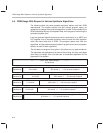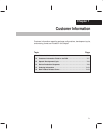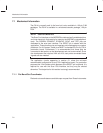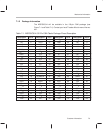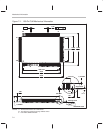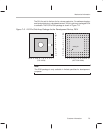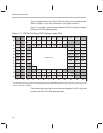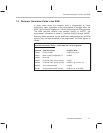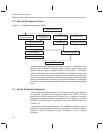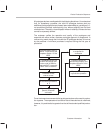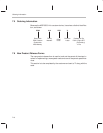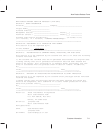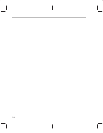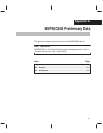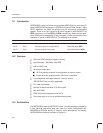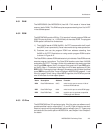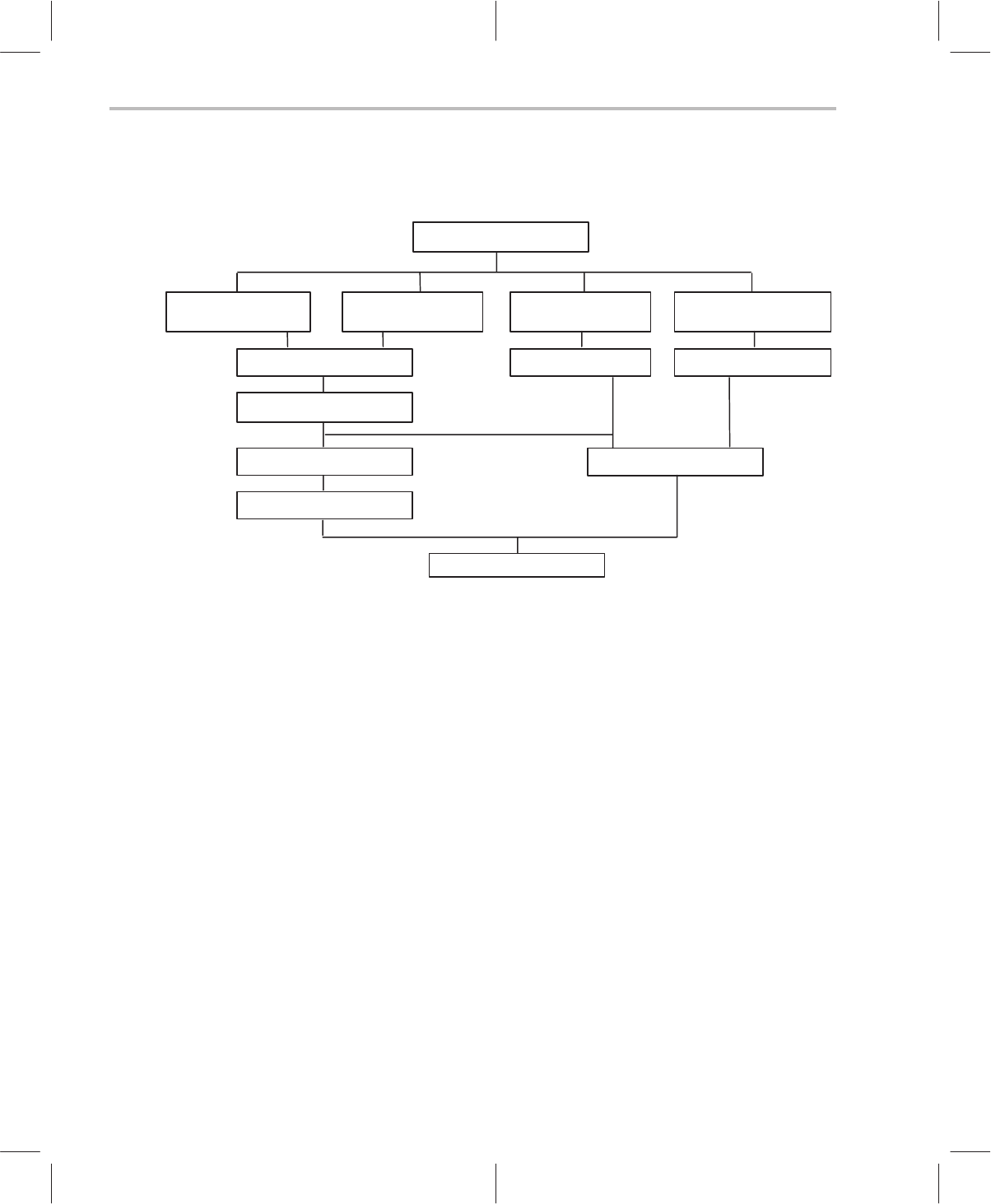
Speech Development Cycle
7-8
7.3 Speech Development Cycle
Figure 7–4. Speech Development Cycle
Speech Specification
Speaker Selection
Recording Script
Preparation
Software Design
Hardware Design
Software Writing
Prototype Construction
Software Debugging
System Evaluation
Speech Recording
Speech Analysis
Speech Editing
Speech Evaluation
A sample speech development cycle is shown in Figure 7–4. Some of the com-
ponents, such as speech recording, speech analysis, speech editing, and
speech evaluation, require different hardware and software. TI provides a
speech development tool, called the SDS6000, which allows the user to per-
form speech analysis using various algorithms, speech editing for certain algo-
rithms, and to evaluate synthesis results through playback of encoded speech.
Design of the software and hardware, development of software, and prototype
construction are all customer-dependent aspects of the speech development
cycle.
7.4 Device Production Sequence
For the speech development group at TI to accept a custom device program,
the customer must submit a new product release form (NPRF). This form
describes the custom features of the device (e.g., customer information,
prototype and production qualities, symbolization, etc.). Sections 1 and 2A of
the NPRF are completed by TI personnel. A copy of the NPRF can be found
in section 7.6.
TI generates the prototype photomask, then processes, manufactures, and
tests 25 prototype devices for shipment to the customer. Limited quantities in
addition to the 25 prototypes may be purchased for use in customer
evaluation.



